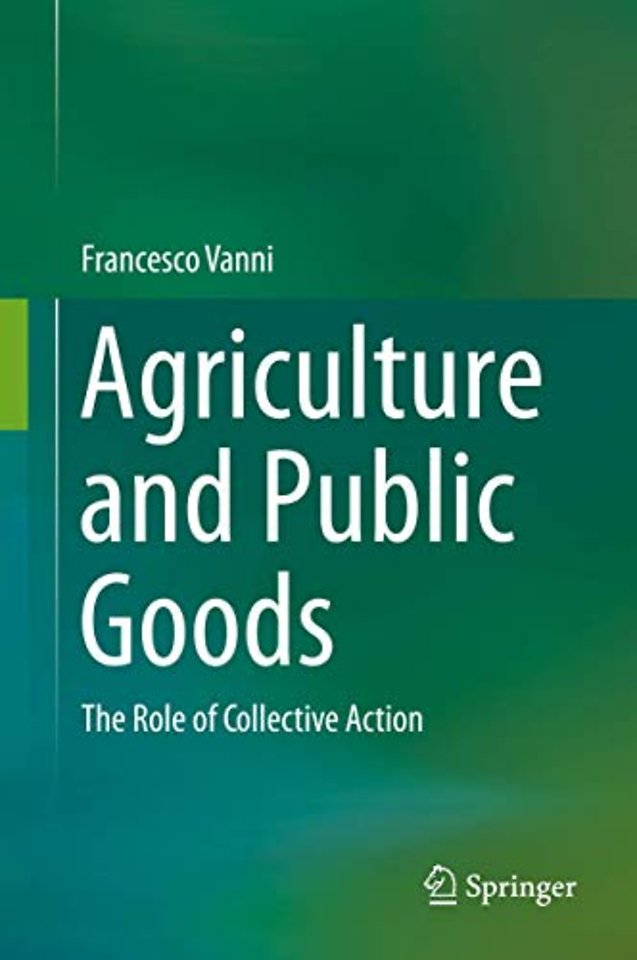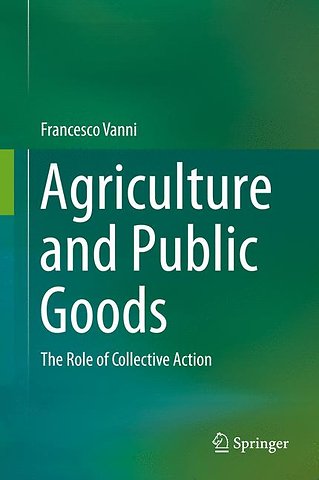Agriculture and Public Goods
The Role of Collective Action
Samenvatting
The debate on the future orientation of the EU Common Agricultural Policy (CAP) is increasingly shaped by the role of agriculture in providing public goods, and there is a broad consensus that this approach will be particularly relevant in legitimating the policy intervention in agriculture in the future.
In the context of this debate, it is not clear to what extent collective action could be taken into consideration as a valuable alternative to market or state regulation in contributing to the provision of public goods, and to what extent it is possible to design and implement agricultural policies that incorporate a collective and collaborative approach between different stakeholders in rural areas.
Through an in depth analysis two case studies in Italy, the book provides insights to both the policy and the theoretical debate on the role of collective action for the public goods associated to agriculture.
Specificaties
Inhoudsopgave
Net verschenen
Rubrieken
- aanbestedingsrecht
- aansprakelijkheids- en verzekeringsrecht
- accountancy
- algemeen juridisch
- arbeidsrecht
- bank- en effectenrecht
- bestuursrecht
- bouwrecht
- burgerlijk recht en procesrecht
- europees-internationaal recht
- fiscaal recht
- gezondheidsrecht
- insolventierecht
- intellectuele eigendom en ict-recht
- management
- mens en maatschappij
- milieu- en omgevingsrecht
- notarieel recht
- ondernemingsrecht
- pensioenrecht
- personen- en familierecht
- sociale zekerheidsrecht
- staatsrecht
- strafrecht en criminologie
- vastgoed- en huurrecht
- vreemdelingenrecht

